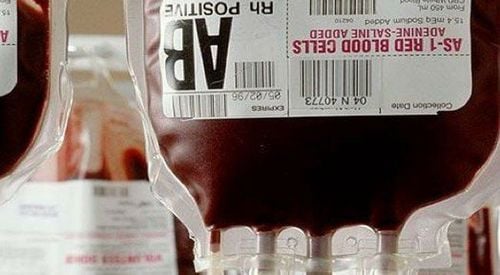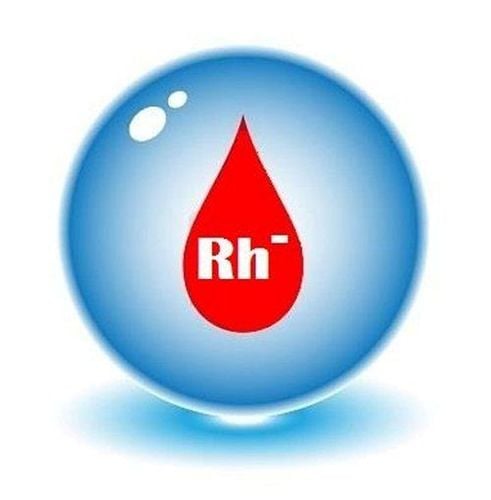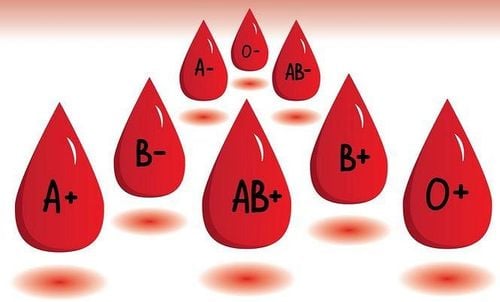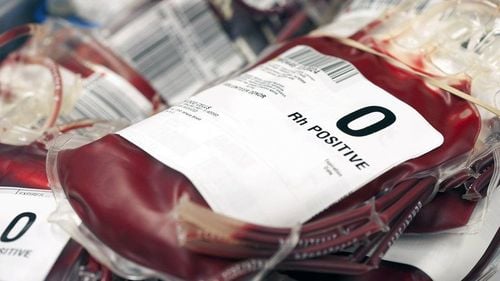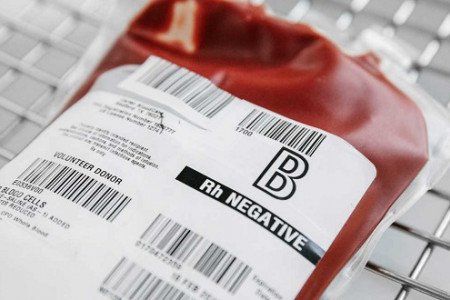This is an automatically translated article.
The article was professionally consulted by Specialist Doctor I Do Van Manh - Emergency Resuscitation Doctor - Emergency Resuscitation Department - Vinmec Ha Long International HospitalHuman blood is divided into many groups and each blood group has its own characteristics, the structure of blood vessels can be broken if the blood type is not compatible with each other. To ensure safety during blood transfusion, basic blood transfusion principles must be followed.
1. The basis of basic principles of blood transfusion
Basic principles of blood transfusion must be based on the unique characteristics as well as the vascular structure of each blood group. Therefore, before performing a blood transfusion, the most basic thing you need to know is which blood type you are and what are the characteristics of that blood type.
Human blood consists of the following groups, each of which will have its own characteristics as well as, there are antibodies that will fight against the other groups, so if a blood transfusion is given, the recipient's antibodies can destroy the blood , causing many harmful effects to the body.
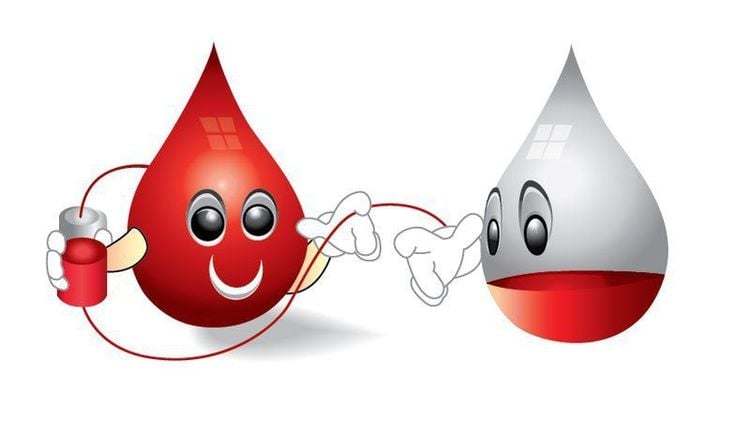
The following are the characteristics of each blood type that in order to ensure safe blood transfusion, the basic principles of blood transfusion must be based on these characteristics:
Blood group A : Characterized by the presence of type A blood is the A antigen on red blood cells and the B antibody present in plasma. People with blood type A can donate blood to people with the same blood type or with type AB blood. People with blood type A can receive blood transfusions by people with blood type O. Blood type B : Can donate blood to other people with the same blood type B or people with blood type AB. People with blood type B can receive blood from people with blood type O. Blood type AB : Can receive blood from any blood type. However, people with blood type AB can only donate to people with the same blood type AB. This blood group is not common. Blood group O: This is the most common blood group. People with type O blood only receive blood from people with the same O blood group and can donate blood to all other blood types because type O blood does not have A and B antigens on red blood cells, but in plasma contains both A and B antibodies. Rh blood group (D): Rh factor is a special protein on blood cells. Most people have the D antigen on their red blood cells, which is often called Rh+ (Rh D positive). People who do not have the D antigen on their red blood cells are called Rh- (Rh D negative). It is necessary to perform Rh D antigen test on pregnant women for the purpose of screening and detecting compatibility in the body of mother and baby. In the case of a blood donor or a patient whose blood type is difficult to determine, the doctor will take a blood sample and perform specialized tests to determine the correct blood type.
Receiving the wrong blood type can cause an acute hemolytic transfusion reaction 24 hours after blood transfusion. These simultaneous reactions can cause shock and death to the recipient.
2. Basic principles of blood transfusion
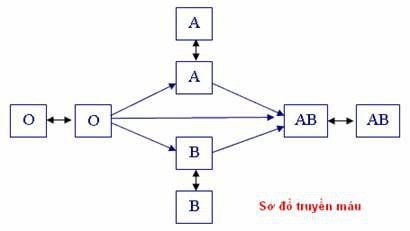
To ensure the safety of basic blood transfusion, to avoid possible complications, the blood transfusion process must adhere to the following basic principles:
To avoid antigens and antibodies respectively meeting causes the phenomenon of agglutinated red blood cells that must be transfused with the same blood group. In addition to determining the correct blood groups of the donor and recipient, it is necessary to perform additional cross-reactivity, i.e. mixing the recipient's serum with the recipient's red blood cells. donor and mix the donor serum with the recipient's red blood cells. Blood will only be transfused when there is no red blood cell agglutination Serious complications can happen to the recipient or even death if the blood is not matched For those In case of emergency requiring blood transfusion without blood from the same group, the minimum rule that must be followed when a blood transfusion is required is "donor red blood cells that are not agglutinated with the recipient's serum". When performing a blood transfusion, only a small amount (250ml) of blood is transfused with a very slow infusion rate To avoid possible serious complications, even death, the basic blood transfusion process must be based on: Basic principles of blood transfusion. Appropriate blood group testing and screening for pathogens should be performed prior to transfusion because each blood group has its own unique characteristics and, if the correct compatible blood type is not transfused, the structure of blood vessels may be damaged. break.
Please dial HOTLINE for more information or register for an appointment HERE. Download MyVinmec app to make appointments faster and to manage your bookings easily.





